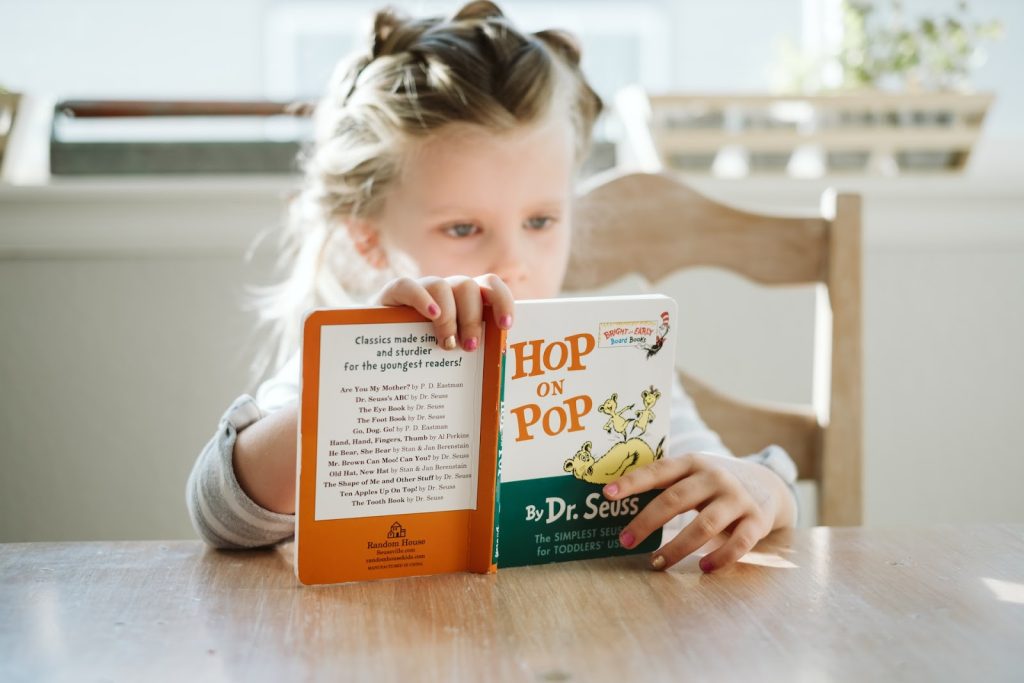Anthropomorphism adds human characteristics, emotions, or behaviors to non-human entities, such as animals, plants, natural phenomena, or inanimate objects. It imbues these non-human subjects with human-like qualities, such as the ability to speak, think, feel, and act like humans.
Children’s literature and mythology commonly use anthropomorphic meaning to teach important life lessons, as well as symbolizing abstract concepts or natural forces. Anthropomorphism also expresses creativity and imagination, allowing for a diverse range of storytelling and artistic expression.
Table of Contents
Understanding Anthropomorphic Meaning
Anthropomorphic refers to the attribution of human characteristics to non-human entities. This can include animals, plants, inanimate objects, or even abstract concepts.

The term comes from two Greek words: “anthropos” meaning human, and “morph” meaning to form or shape. Anthropomorphic characters or elements are commonly found in literature, art, mythology, and media, and are used to make non-human characters more relatable and engaging to human audiences.
Examples include talking animals in children’s books, and animated movies where cars or toys exhibit human personalities or gods with human forms and emotions in various mythologies.
The Importance of Anthropomorphism in Literature
Anthropomorphism is one of the literacy tools that govern the written word. It adds layers of meaning and allows the narrators to explore otherwise impossible points of view.

The significance of anthropomorphism is also apparent in its ability to:
- Enhance Relatability: By giving human traits to non-human entities, authors create characters that readers can relate to and empathize with, making stories more engaging.
- Facilitate Storytelling: Anthropomorphism allows for more versatile storytelling. Animals or objects can be used to represent complex ideas, themes, or societal issues, broadening the scope of what can be explored in a narrative.
- Serve as an Educational Tool: In children’s literature, anthropomorphic characters are often used to teach moral lessons and values in a way that is accessible and enjoyable for young readers.
- Craft Creative Expression: It offers writers creative freedom to explore and narrate stories from unique perspectives, adding depth and diversity to literary works.
- Forge Emotional Connection: Anthropomorphism can create a strong emotional connection between the reader and the narrative, ascribing feelings and thoughts to characters that would otherwise be difficult to connect with.
Examples of Anthropomorphism in Literature
Anthropomorphism has been widely used in literature across various genres and periods. Here are some notable examples:
“Animal Farm” by George Orwell
The novel uses farm animals that speak and behave like humans to satirize and critique the Russian Revolution and the subsequent rise of Stalinism. It creates a political allegory where the animals revolt against their human farmer, hoping to create an equitable society.
The animals, who talk and reason like humans, represent different figures from the Russian Revolution and Stalinist Russia. The story uses these anthropomorphic characters to critique totalitarianism and illustrate how power can corrupt.

“The Chronicles of Narnia” by C.S. Lewis
This series of fantasy novels is known for its talking animals and mythical beings in a magical land called Narnia. The anthropomorphic characters, like the noble lion Aslan and various talking creatures, are used to weave together themes of morality, faith, and heroism, often reflecting Christian allegories.
“Watership Down” by Richard Adams
In this novel, a group of rabbits, portrayed with their complex society and language, flee their warren to escape destruction and seek a new home. The story, through these anthropomorphized rabbits, explores themes such as leadership, community, and the struggle for survival, reflecting human societal structures.
“Charlotte’s Web” by E.B. White
This children’s classic tells the story of a pig named Wilbur and his friendship with a barn spider named Charlotte. The anthropomorphic portrayal of Charlotte, who communicates with humans through her web writings, and other talking farm animals, drives a narrative that touches on themes of friendship, loyalty, and the cycle of life.
Source: Charlotte and Wilbur – Wikipedia
“Alice’s Adventures in Wonderland” by Lewis Carroll
The book is filled with anthropomorphic characters, who interact and converse with the human protagonist, Alice. Characters like the White Rabbit (who wears a waistcoat and carries a pocket watch) and the Cheshire Cat (noted for his philosophical conversations and mischievous grin) contribute to the fantastical and surreal world Alice explores, challenging her (and the reader’s) perceptions of reality.
5 Pitfalls to Avoid When Using Anthropomorphism
While anthropomorphism can be a valuable tool in storytelling, it should be used judiciously and purposefully to maintain the integrity, coherence, and impact of the narrative. Here are 5 common mistakes you should look out for:

- Over-Humanizing: While anthropomorphism involves giving human traits to non-human entities, overdoing it can make characters or objects seem unrealistic or implausible within the story’s context. Excessive anthropomorphism can make the story feel absurd. This can break the reader’s suspension of disbelief.
- Failing to Maintain Consistency: Inconsistent use of anthropomorphism can confuse readers. If a non-human character is given certain human abilities or characteristics, these should remain consistent throughout the story.
- Neglecting World-Building: In stories where anthropomorphism is central, it’s important to develop a believable world with its own rules and logic. Failing to do so can make the narrative feel disjointed or superficial.
- Losing the Non-Human Essence: While imbuing non-human entities with human traits, it’s essential to retain some of their original qualities. This makes the anthropomorphism more effective and preserves the unique perspective these characters or objects can offer.
- Using Underdeveloped Characters: Just like any character in a story, anthropomorphic characters need to be well-developed with their personalities, backgrounds, and arcs. Avoid making them one-dimensional or merely vehicles for human traits.
Learn more: 100 examples of word analogy
Wrapping It Up!
Anthropomorphism stands as a dynamic and imaginative tool in literature. It’s capable of adding depth and a touch of magic to storytelling when used expertly. The anthropomorphic meaning opens doors for writers to delve into intricate themes through non-human perspectives.
However, like any narrative technique, it requires careful handling to steer clear of issues like overuse and inconsistency, ensuring the story stays believable and impactful.
If you manage to strike the right balance, anthropomorphism can enrich your narratives and craft stories that resonate long after the last page is turned.


